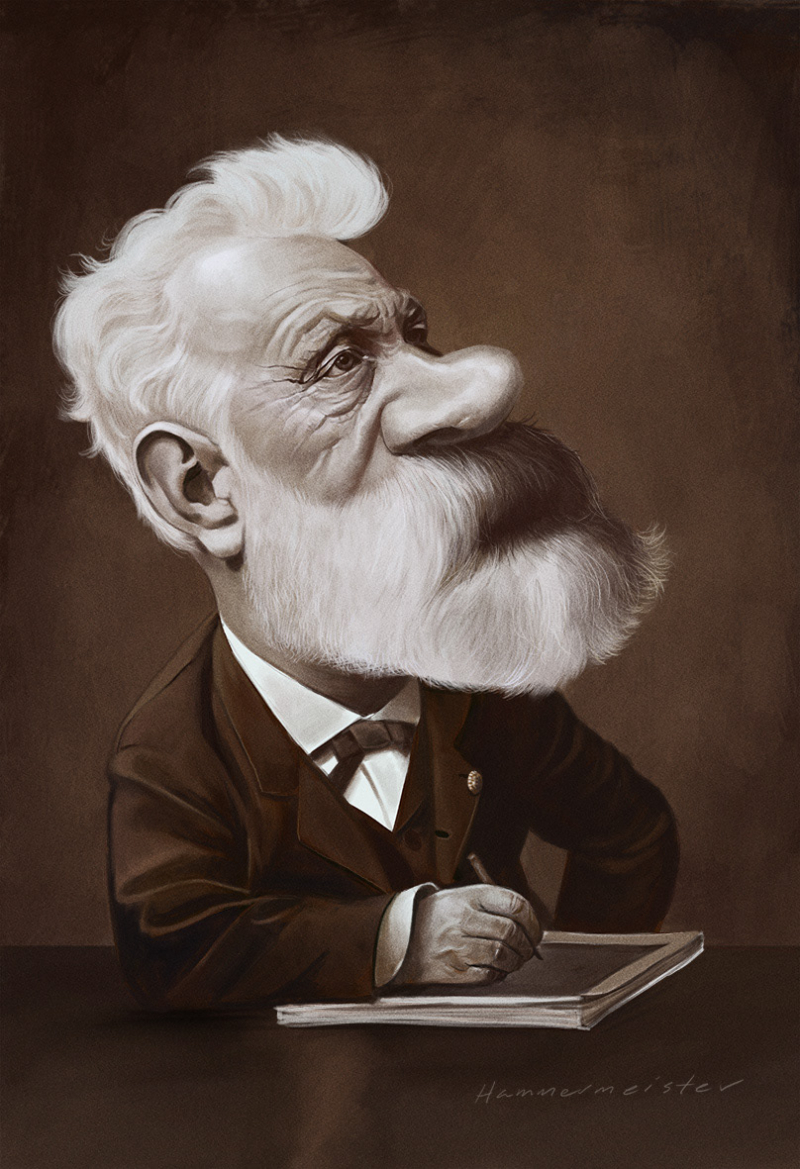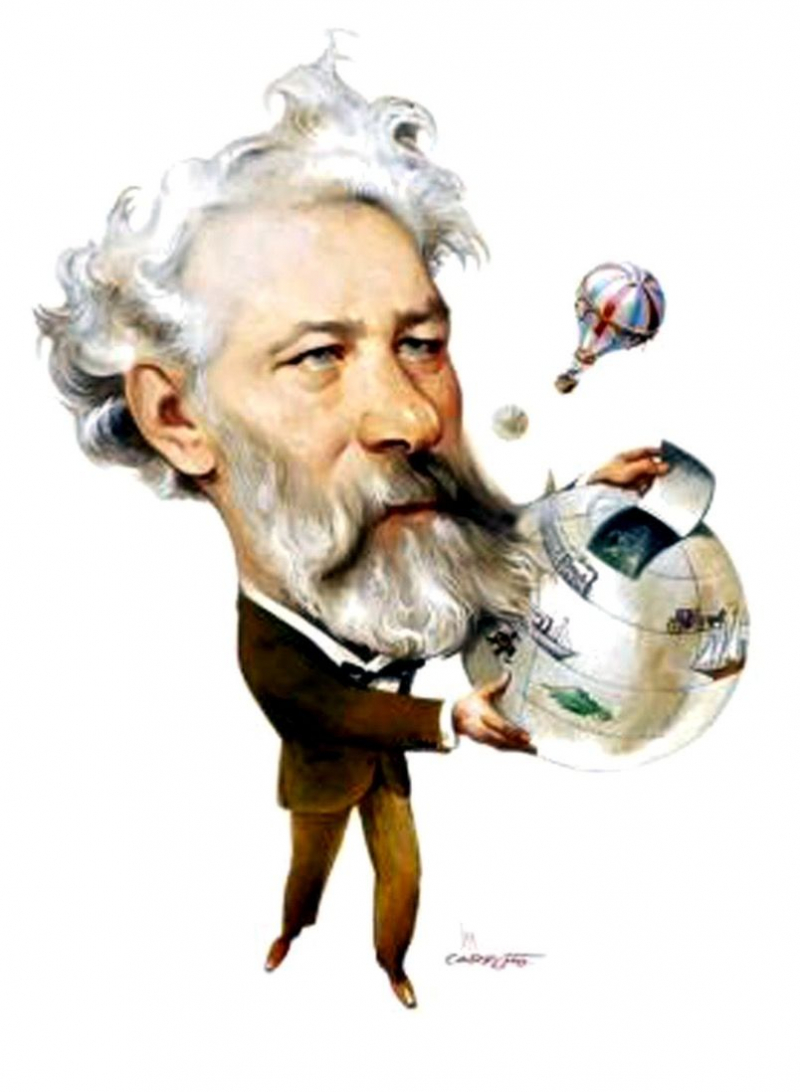A “television” is present in one novel
Jules Verne published The Carpathian Castle in 1892. A book that most likely served as inspiration for Bram Stoker's Dracula, published five years later. It centers on enigmatic incidents that happen in and around an Austria-Hungarian castle. Baron Rodolphe de Gortz, the castle's owner, had a crush on the Italian opera diva La Stilla, whom he believed to be dead. He is enthralled by her voice and picture on what appears to be contemporary television.
The vision is revealed in the book to be a still photograph of La Stilla singing, complete with flawless recordings of her voice. The baron watches it similarly to how people today watch television. Even if the resultant sound could not be mistaken for a real speech, the ability to record a voice existed at the time of Jules Verne.












